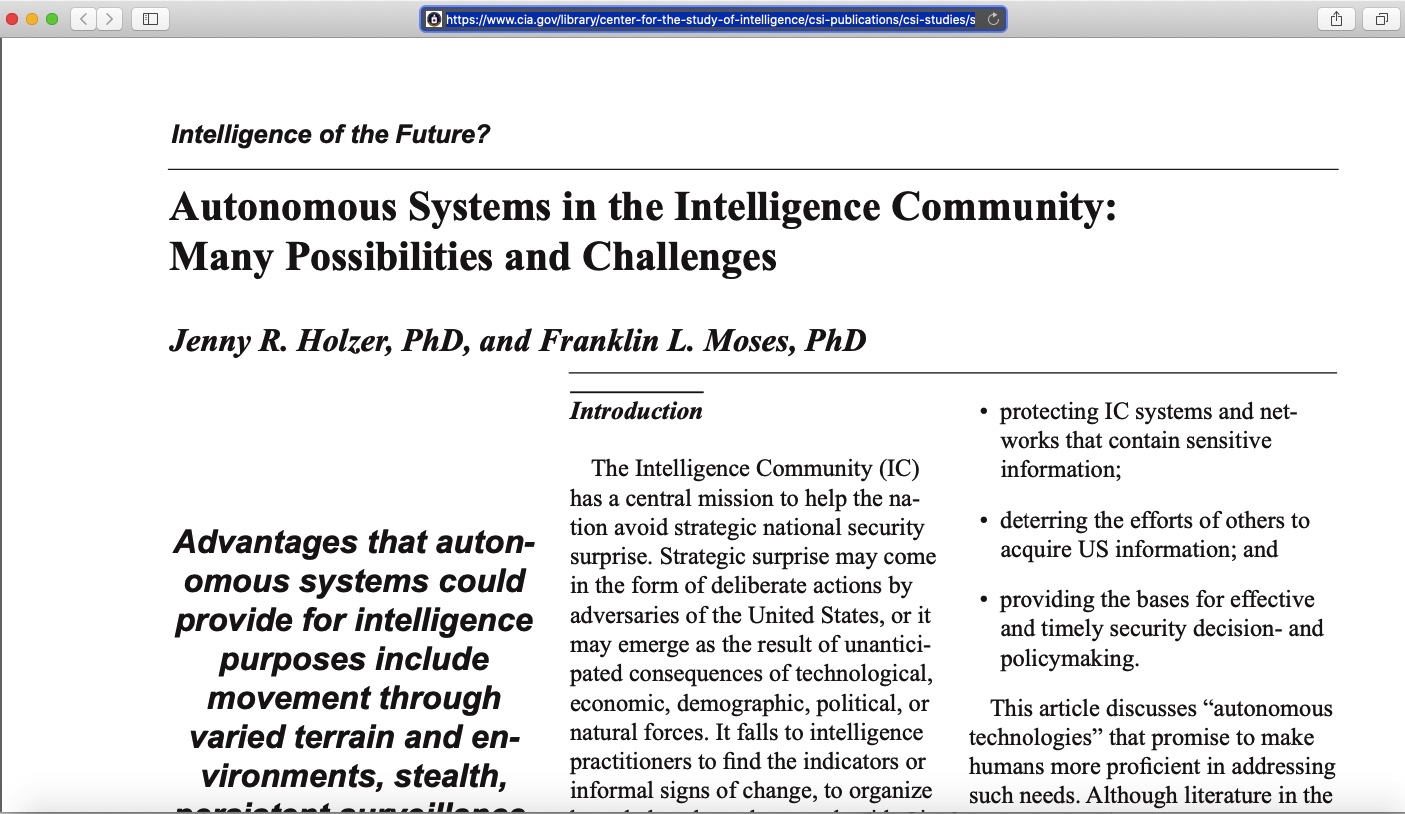Mauritanian Music Shop Shares Songs and Friendship
 Thursday, June 25, 2015 at 8:50AM
Thursday, June 25, 2015 at 8:50AM

Around the world, traditional music stores selling vinyl records, tapes and CDs (compact discs) are closing down. Digital downloads distributed over the Internet and mobile phones make it unnecessary to build a music collection in these hard formats.
While this has been a revolution that has made acquiring music as simple as firing up a digital download service like iTunes, it has many downsides as well. One of them has been the loss of vast swathes of musical history, as many songs recorded in the past have not made their way into digital downloads. And how can you find music online if you only remember part of a tune or song and can’t remember its title or the musician?
The background and knowledge that was once imparted by an informed person in a music store has been lost in the world of digital downloads.
A Mauritanian music shop is showing how a traditional record store can stay relevant and commercially viable in the 21st century. Entrepreneur Mohamed Vall’s Saphire d’Or store in Mauritania’s capital Nouakchott (http://en.wikipedia.org/wiki/Nouakchott), is a treasure trove of the sort of long-lost recorded songs that normally vex lovers of African music. Pictures of the shop can be seen at the sahelsounds blog (http://sahelsounds.com/?p=887).
Vall has run the shop for three decades and amassed a large collection of rare African music on records and tapes. He has married this trove of African creativity to a clever business model: Vall doesn’t let customers buy the precious records themselves but instead will transfer the songs to a disc or a USB stick (http://en.wikipedia.org/wiki/USB_flash_drive) for US 30 cents each.
He has also used traditional hospitality to create an atmosphere that encourages people to interact and keep coming back.
“I have the biggest collection in Mauritania,” Vall told The Guardian newspaper. “Any music you want from Africa – I mean the kind of music that puts Africa on the map – I have it.”
The shop is down an alleyway in the bustling capital and offers a refuge for music lovers.
The atmosphere encourages friendly conversation and lets customers take their time making a selection. Customers can relax in armchairs while browsing and drink some traditional mint tea or enjoy a snack from a communal bowl.
The shop uses traditional Mauritanian nomadic hospitality to improve the customer experience. It also uses the music it sells to heal rifts between the different cultures that cross Mauritania, as it bridges Arabic-speaking North Africa and the majority black sub-Saharan Africa.
“When you are here, it doesn’t matter who you are,” Vall said. “We get youngsters wanting 1940s ballads and old people whose minds are musical museums. We get toubabs (white people) who heard one song decades ago.”
One of the treasure troves held in the shop is the recordings made by West African orchestras during the post-colonial period.
The shop also acts as an interactive museum and archive of many African musical greats, from Senegal’s Youssou N’Dour to Nigerian afrobeat pioneers, Guinean pop legends and Maliaian and Congolese musicians.
Its collection ranges beyond Africa to take in musical genres from around the world, from blues to salsa to rock.
“The music allows you to travel in your head,” said one customer, teacher Abdoul Kaba.”When I first came to Mauritania from Guinea, I went round and round looking for zouk (West African funk) music that everybody listens to in Guinea until I ended up here.”
The shop also serves as a sanctuary for many from life’s everyday hardships.
“It’s not about the music any more. People come back because in here you can be free. You can listen to music and forget this hard life,” Kaba said.
By David South, Development Challenges, South-South Solutions
Published: June 2012
Development Challenges, South-South Solutions was launched as an e-newsletter in 2006 by UNDP's South-South Cooperation Unit (now the United Nations Office for South-South Cooperation) based in New York, USA. It led on profiling the rise of the global South as an economic powerhouse and was one of the first regular publications to champion the global South's innovators, entrepreneurs, and pioneers. It tracked the key trends that are now so profoundly reshaping how development is seen and done. This includes the rapid take-up of mobile phones and information technology in the global South (as profiled in the first issue of magazine Southern Innovator), the move to becoming a majority urban world, a growing global innovator culture, and the plethora of solutions being developed in the global South to tackle its problems and improve living conditions and boost human development. The success of the e-newsletter led to the launch of the magazine Southern Innovator.
Follow @SouthSouth1
Google Books: https://books.google.co.uk/books?id=VLp5na3pgHIC&dq=development+challenges+june+2012&source=gbs_navlinks_s
Slideshare: http://www.slideshare.net/DavidSouth1/development-challengessouthsouthsolutionsjune2012issue
Southern Innovator Issue 1: https://books.google.co.uk/books?id=Q1O54YSE2BgC&dq=southern+innovator&source=gbs_navlinks_s
Southern Innovator Issue 2: https://books.google.co.uk/books?id=Ty0N969dcssC&dq=southern+innovator&source=gbs_navlinks_s
Southern Innovator Issue 3: https://books.google.co.uk/books?id=AQNt4YmhZagC&dq=southern+innovator&source=gbs_navlinks_s
Southern Innovator Issue 4: https://books.google.co.uk/books?id=9T_n2tA7l4EC&dq=southern+innovator&source=gbs_navlinks_s
Southern Innovator Issue 5: https://books.google.co.uk/books?id=6ILdAgAAQBAJ&dq=southern+innovator&source=gbs_navlinks_s

This work is licensed under a
Creative Commons Attribution-Noncommercial-No Derivative Works 3.0 License.
 By David South,
By David South,  Development Challenges,
Development Challenges,  June 2012,
June 2012,  Mauritanian,
Mauritanian,  South-South Solutions,
South-South Solutions,  UN,
UN,  UNDP,
UNDP,  UNOSSC,
UNOSSC,  United Nations,
United Nations,  friendship,
friendship,  music shop,
music shop,  songs in
songs in  Cities,
Cities,  Development Challenges, South-South Solutions,
Development Challenges, South-South Solutions,  GSSD Expo,
GSSD Expo,  Global South-South Development Expo,
Global South-South Development Expo,  Media,
Media,  Music,
Music,  Poor,
Poor,  Solutions,
Solutions,  Southern Innovator Magazine,
Southern Innovator Magazine,  UN Innovator Stories,
UN Innovator Stories,  UNDP Innovator Stories,
UNDP Innovator Stories,  UNOSSC,
UNOSSC,  United Nations
United Nations 









